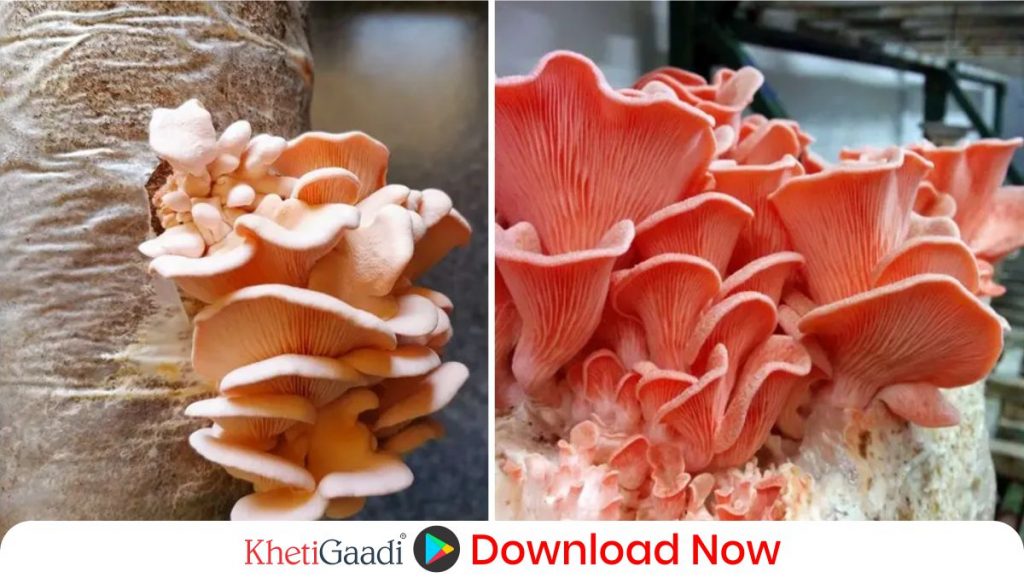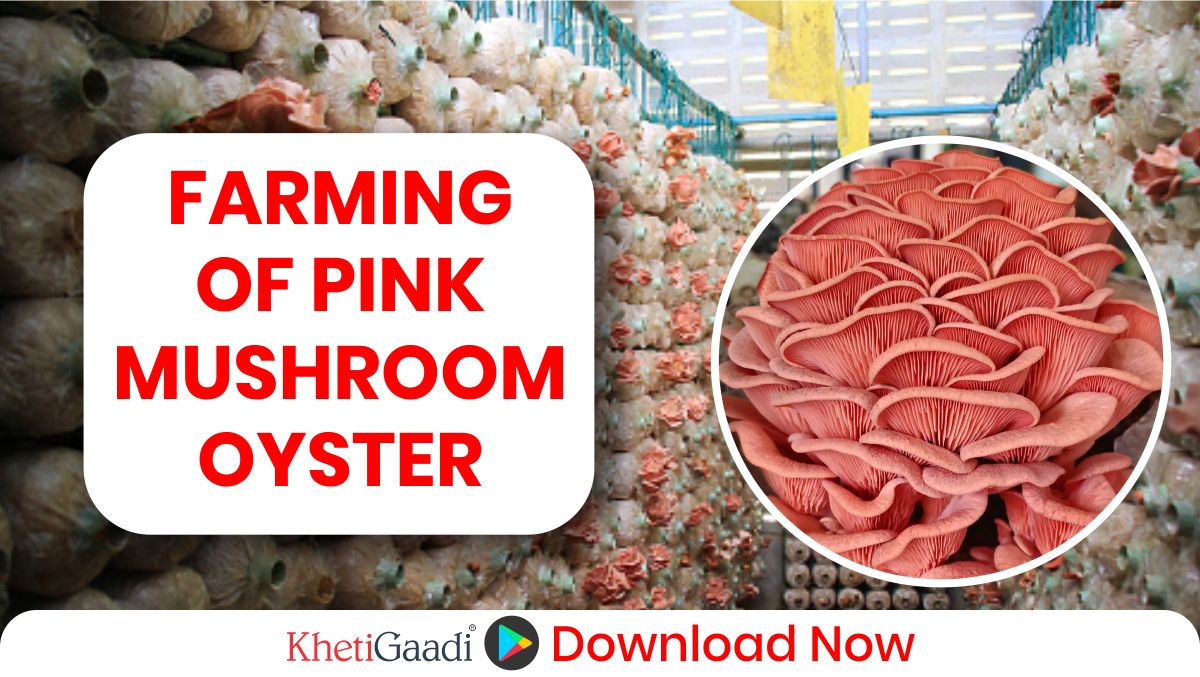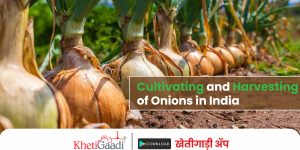Pink Oyster Mushroom: What Is It?
Pink oyster mushroom (Pleurotus djamor), an edible mushroom (native- South-east Asia) with a vibrant pink color, belongs to the family pleurotaceae. They have a shelf-like general shape, and the ages of the cap turn to curl with age. It has a pinkish cap, the underside is darker than the outside, with numerous white spores. Depending on the growing conditions, it can have a thick, meaty top or a thin, delicate one. This pink mushroom grows in warm areas and has a nutritious factor that is also rich in umami flavor, so that it can be used as a substitute for meat in soup, tacos, stew, and other vegan foods.
Pink Oyster Mushroom — Nutritive Value
The biological value of the Pink oyster mushroom is so huge as it contains a range of proteins, carbohydrates, fats, vitamins, and minerals which help boosting immunity, anti-inflammatory action, and prevention of cardiovascular diseases.
Besides many vitamins, proteins, and carbohydrate complexes, mushrooms contain the fundamental antioxidant ergothioneine, which are important to prevent chronic inflammation.
Nutritive value per 100g-
| Component | Quantity |
| Carbohydrates | 52.7 g |
| Sugar | 23.10 g |
| Dietary fibre | 43.80 g |
| Fat | 2.86 g |
| Protein | 30.20 g |
| Riboflavins | 2.45 mg |
| Niacin | 65.8 mg |
| Vitamin B5 | 33.2 mg |
| Vitamin D | 136 IU |
| Potassium | 4600 mg |
| Sodium | 13 mg |
| Iron | 11 mg |
| Calcium | 5 mg |
| Copper | 1.61 mg |
How Pink Oyster Mushroom Adapt to Their Native Environment?
It is primarily an a tropical mushroom. It is better fit in hot and humid environments of tropical climates. Pink oysters can be found in tropical hardwood.
What can be different in pink oyster mushrooms
- Gorgeous- They also look quite beautiful surprisingly. The fruiting bodies appear as an elegant pink flour on large velvet hard nature.
- Heat Tolerant- They are heat tolerant plants that can be planted in moderate to high summer conditions. The farmers of tropical areas where the majority of the mushroom species cannot grow due to high heat, accept it.
- Adaptability Pink mushrooms do not need as much fresh air as blue mushrooms. This is one of the most difficult conditions for growing species belonging to the Pleurotus genus (mushrooms for sale).
There are a few additional varieties of pink oyster, P. djamor and P. salmon, but they are all quite similar.
How to Cultivate Pink Oyster Mushroom
I used Spawn to grow a Pink Oyster Mushroom
Grain is the best substrate for spawn, but rye is the most widely available. Spawn material can also be any other cereals, such as millet, etc.
Selection of Growing Media:
In order to grow pink oyster mushroom of the best quality as well as a good yield, a suitable growing media is essential. They probably will grow in a lignin-rich substrate. One of the best-growing media for the mushroom is straw, sawdust, and cotton seed hulls, which have a considerable amount of lignin and cellulose in them. Not just this, they can also be cultivated in organic substances such as coffee grounds, corn cob, and even in paper. Oysters grown on sawdust, called pink oysters, have a tad more shelf life.
Sterilizing Growing Media:
This is one of the crucial phases to remove all the microorganisms responsible for contamination and decrease mushrooms yield as well as quality.
Substrate Inoculation:
Upon full sterility, inoculation is performed using seed/ spawn. Seed or spawn is only the mycelium of the mushroom or fungus. The spawn you can obtain from any reputed organization, but you can prepare it on your own by transferring mycelium from grown-up mushrooms to a fresh substrate (grains, rye, etc.).
Temperature and Humidity Control:
Pink oyster mushroom is a crop of the warm and humid season. Therefore, to obtain optimal quality, the temperature of the pink oyster must be 20 to 25 degrees Celsius; its humidity needs to be between 80% and 90%. Building the best grow room or grow tent to keep the humidity and temperature to your satisfaction. A humidifier, or mister, can also be added to keep up the humidity.
Ventilation:
The most suitable environment for growing excellent quality oyster mushrooms is proper ventilation with fresh air. Water from the bottom also provides them with constant and fresh air, allowing maximum growth of the fruiting body in a short time.
Keep Moisture Level:
It is of utmost importance to spray regularly to keep moisture balanced. This will promote vigorous mycelium growth through the substrate.
Pest and disease infestation inspection;
Inspection regularly for pests(like Springtails, Phorids, Sciarids, mite, etc.) and diseases (Yellow blotch, green mould, cobweb, soft rot, etc.) is (very)important as pink oyster mushrooms are a susceptible species. If infestation is there,Then this need instant action to be taken to get it removed. Good hygiene and sanitation would prevent pest and disease infestation.
How Long it Takes to Grow Pink Oyster Mushroom:
They are very easy to grow, and they grow very quickly. It begins fructifying( first flush) after around 21 days of inoculation. The first flush is harvested and after one week, the second flush will be ready. There can be three flushes of mushrooms for harvest.
Harvesting
Harvesting properly is very important in order to obtain the highest quality pink oyster mushrooms. One of the important phases that helps answer the question of how to grow pink oyster mushroom is Harvesting.
The pink oyster mushroom is best harvested right when the spores drop and when the mushroom cap starts curling upwards.
The mushroom is easily harvested with a simple twist to remove them from the cluster of mushrooms, You can also cut the cluster with a sharp and sterilized knife to avoid contamination. When harvesting, you need to be extra careful not to damage the log or growing bag for subsequent flushes.
Storage
They have a very short life span and can be slightly prolonged by putting them in a refrigerator at a proper temperature, approx 1.7 degrees C to 4.4 degrees C or 35 to 40 degrees F You are also advised to wash them before storage to avoid spoiling them.

Pink Oyster Mushroom Yield:
Using 2.27 kg of straw and spawn, and if we do proper maintenance and care, we can harvest 0.45 kg of pink oyster mushrooms. For every five pounds of fruiting blocks, it yields roughly one pound of pink mushrooms.
Trick: Season and Area of Cultivation:
Being a warm-season crop, it does best in warm, humid conditions. Pink oyster mushrooms are best suited for mid-summer growing seasons. Its most appropriate name of this fungus is Tropical and subtropical fungi.
Precautions:
A pink mushroom with tons of mycelium, the whole agar dish can be grown on pink mycelium. The plates are cold-sensitive, so they are going to die in the refrigerator. Hence, these situations must be dealt with by the grower in the spawn culture.
What Is ‘Ready To Grow Kit’?
In a growing bag here, the pink oyster mycelium is already inoculated in a substrate (like straw or sawdust) preferred by the pink oyster. This part is available for market use. They have to purchase this bag from the market, break the seal, and keep it in the right environmental condition. The kit contains all the steps mentioned in it, so farmers just have to follow the steps mentioned in it, which would give them a good yield in a very short period without much complexity.
Benefits of the pink oyster mushroom
- Unique taste and smell– it is equally appetizing.
- High nutritive value- has a high nutritive value for us as it contains a high amount of vitamins, carbohydrates, proteins, minerals, and antioxidants.
- Among the greatest meat substitutes for younger age. However, be aware that, since it has an umami flavor, it isn’t, so suitable in soups, croquettes, deep-fries, or with veggies. Mushroom is the best thing for vegetarian people.
- Medicinal value- it has unique antioxidants helpful to fight chronic inflammation, so it also has medicinal value.
- Enomuniosity demand- now being more health-conscious. So, they like good, nutritious food. That is why it has excellent market demand.
Inologie of the pink oyster mushroom
- Short shelf life: This mushroom has a very short shelf life. It should stay fresh for about a day or two after harvest.
- Frost- it’s a warm and humid season crop grown mainly in the tropics, therefore, it is widely susceptible to cooler environments. Pink oyster mushrooms are extremely frost-sensitive.
- Vulnerable to pests and diseases- this mushroom is extremely vulnerable to pests and diseases. Stainless steel needs to be properly cleaned to avoid contamination.
- Slowest colonization- growers will also face the slowest colonization of mycelium in growing bags. It is generated because of not having a suitable environment, temperature, poor quality spawn, less moisture, etc.
Conclusion:
The pink oyster mushroom is really spotted in appearance and has high nutritional value too, which has high amounts of carbs, proteins, fats, vitamins, and minerals. It is a primarily warm-season mushroom and it prefers high temperatures and high relative humidity. The spores are primarily cultivated on cereal seeds however, Rye seed is the most widely used. If an appropriate environmental condition is maintained, they can give the first flush within 3 weeks of inoculation. They should be given proper ventilation and desirable moisture content continuously for their growth and development. It has remarkable market value in the vegan industry, where it serves as a substitute for meat. One of the key characteristics that make pink oyster mushrooms produce a meat and fish-like flavour and texture.
It has a very significant medical relevance, too. Farmers can grow this pink oyster mushroom on their farm very simply by providing the discussed environmental conditions properly, and they will get a clear idea of how to grow the pink oyster mushroom. The farmer can take spawn from any genuine organization, or he/she can grow on their own. Bad quality spawn and nonconducive conditions for broilers have led to a crisis of production for these farmers. Thus, by considering all these aspects, farmers can cultivate pink oyster mushroom, get a decent production, and retain a healthy market share.
Stay updated with real-time agriculture news, innovative farming techniques, and government schemes by following our WhatsApp channel and visiting KhetiGaadi.




